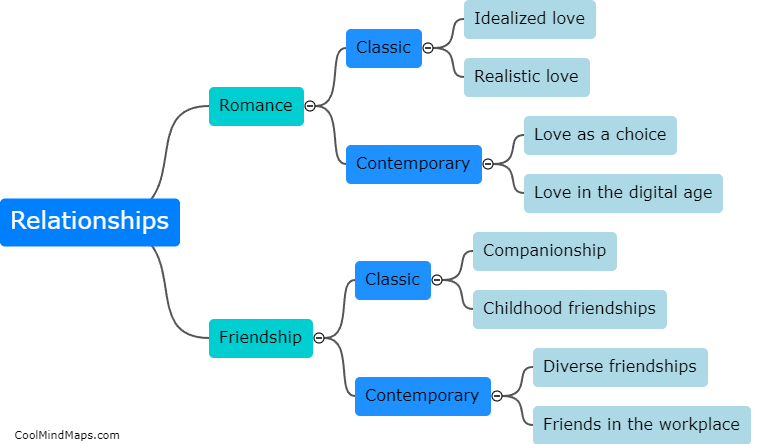What is alkaline water electrolysis?
Alkaline water electrolysis refers to the process of splitting water molecules into hydrogen and oxygen gas using a direct current passed through electrodes in an alkaline solution. The alkaline solution is usually potassium hydroxide or sodium hydroxide, which serves as a catalyst and helps to increase the conductivity of the solution. The process involves two electrodes, an anode and a cathode, where the anode is positively charged and the cathode is negatively charged. As the electrical current is passed through the solution, hydrogen ions move to the cathode, while oxygen ions move to the anode. Alkaline water electrolysis is used to produce hydrogen gas for various applications, including fuel cell technology and energy storage.

This mind map was published on 28 May 2023 and has been viewed 112 times.











